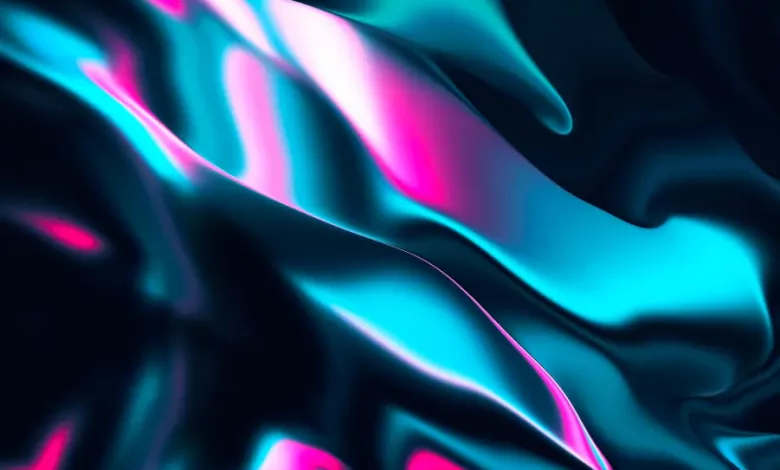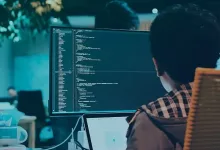How to Boost and Simplify Your Art Creation?

Many people doubt their love and dedication to art after a while of staring at an empty canvas. Having no inspiration by your side, one’s mind wanders off to many thoughts. Am I a bad artist for being out of ideas? Does a bad attempt mean that it is time for me to quit?
No! Even the best of the artists face a creativity block. Among many reasons to be out of ideas, one may be to have too many of them all at once.
That is when art simplification becomes the right path to pursue. It means that you must take the complex details that we see all around us and simplify them into a work of art.
If you are still confused, keep on reading to learn more about how to boost and simplify your art creation.
Start with the Subject
You cannot create great art without great subjects. Of course, what you draw relies a lot on what you see. Therefore, it is crucial for the artist to connect to their subject in order to create great art.
Instead of going for challenging subjects in the beginning, pick something that attracts your attention. You can also use an AI art generator to get inspired. According to Adobe Firefly, making different kinds of images quickly can be a good way to get out of your creative comfort zone.
Choose Your Size and Crop
The scale of art you choose can determine the way the outcome will turn out to be. Do you feel like working on the big canvas, or are you in the mood to create miniature art? Or you can also choose a life-size canvas to begin your journey.
When it comes to the crop, do not let the default sizes lead you to follow the sheep. Instead, take a stand for your art and think what would suit it best.
Would it look great in a panoramic view, or will it look better in a tall portrait? The answer is yours to find, depending on where your creativity leads you.
Balance the Spaces
The best of the art masters suggest that you must keep an equal balance between the positive and negative spaces in your artwork to make it look and feel balanced. If negative space is too little, your art may feel busy, but too much can cause it to feel empty.
You do not always have to make your artwork look balanced. You can alter the distribution between the negative and positive space depending on the tone you want to set and the subject matter that you are dealing with.
Work on Contrast
Visual art cannot be called complete without a full range of colors and contrast. Wrong contrasts can make your art look washed out and dull. The key is to make dark features stand out in light areas and vice versa.
Where you emphasize your art can determine the place of focus in your painting. You can find and create the perfect focal point through trial and error or use AI art generators to make the determination beforehand.
Read Also: The Best Customer Engagement Tools to Adopt in 2024
Cut Down on Distractions
If you want to make a viewer focus on one part of your art, you must kill all the irrelevant distractions to do so. Having too many shapes, lines, or colors can be overwhelming and cause confusion for viewers. It is important to keep designs simple and focused to avoid this issue.
You can keep on taking an objective look at your work through the creation process. If anything looks distracting and strays away from the focal point, you must try and get it out of your canvas.





